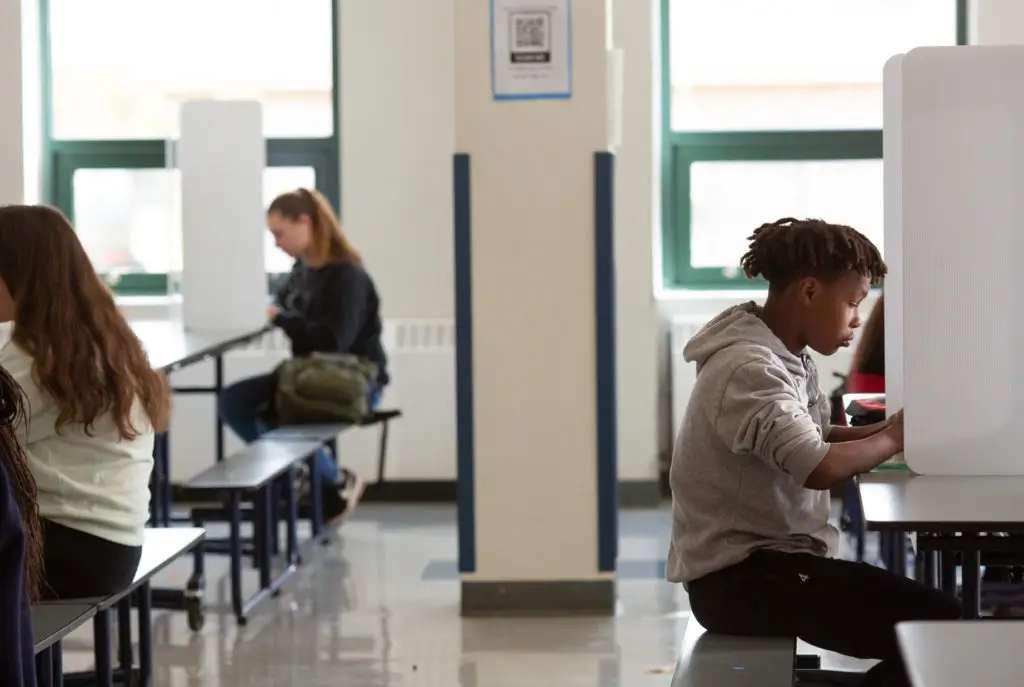This report distills five years of research to understand how the pandemic reshaped public education. Drawing from over 100 reports and articles, we examine the crisis response, recovery efforts, and ongoing challenges facing schools today.
Key Findings
- Crisis Response: Schools struggled to maintain instruction with little federal or state guidance, facing political conflicts, mental health crises, and reopening chaos.
- Recovery Challenges: Efforts like “learning acceleration” and tutoring lacked the flexibility, resources, and teacher preparation needed to succeed.
- What Now and What Next: Many districts have reverted to pre-pandemic practices while grappling with declining enrollment, budget deficits, and persistent learning losses.
Recommendations
- Reallocate Resources: Shift funding and staffing models to provide more personalized student support.
- Increase Flexibility: Advocate for state policy changes and union collaboration to enable innovation in teaching and learning.
- Targeted Support: Ensure students most in need receive extra instruction, attention, and learning opportunities.
- Modernize Teaching: Rethink professional development and instructional methods to equip teachers for today’s challenges.
- Track Progress: Implement real-time student data tracking to identify and support struggling learners.
Maintaining the status quo is not an option. The future of public education depends on adaptive leadership and meaningful reform.







